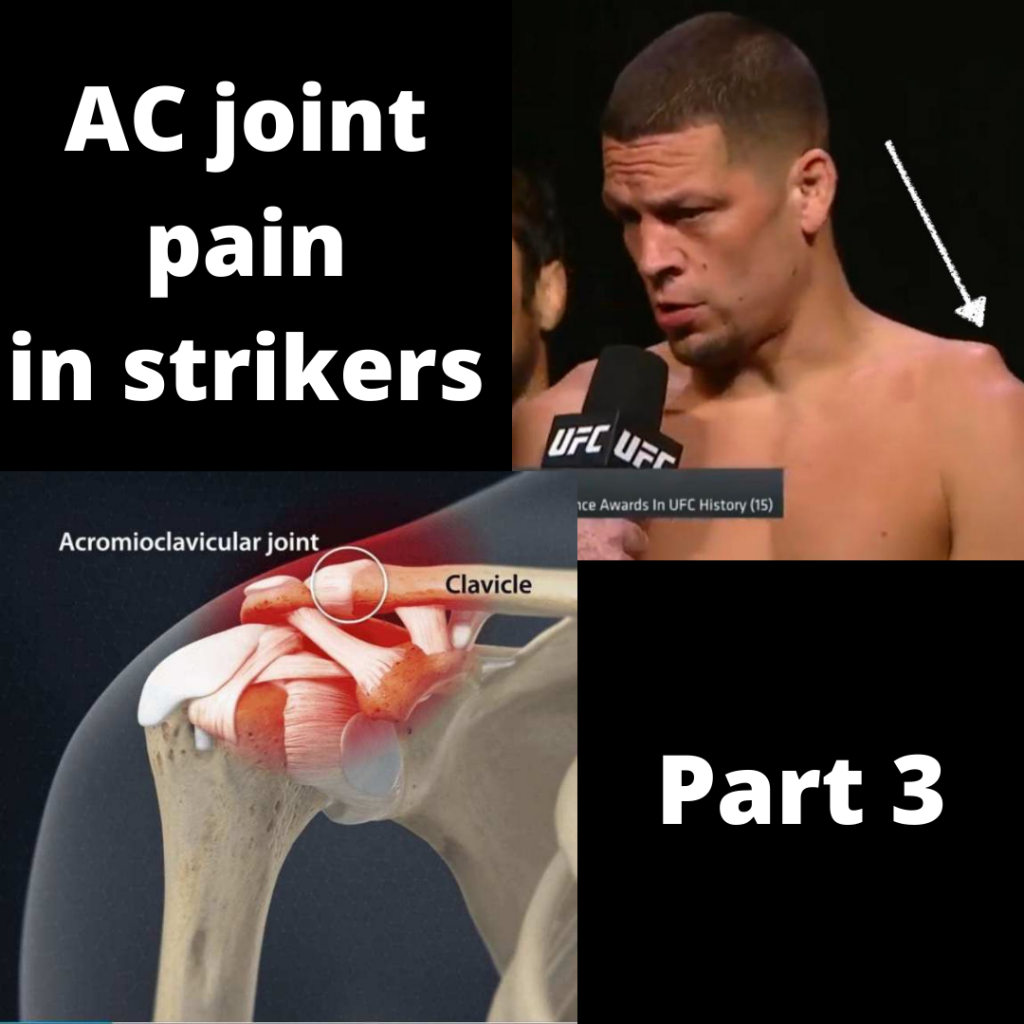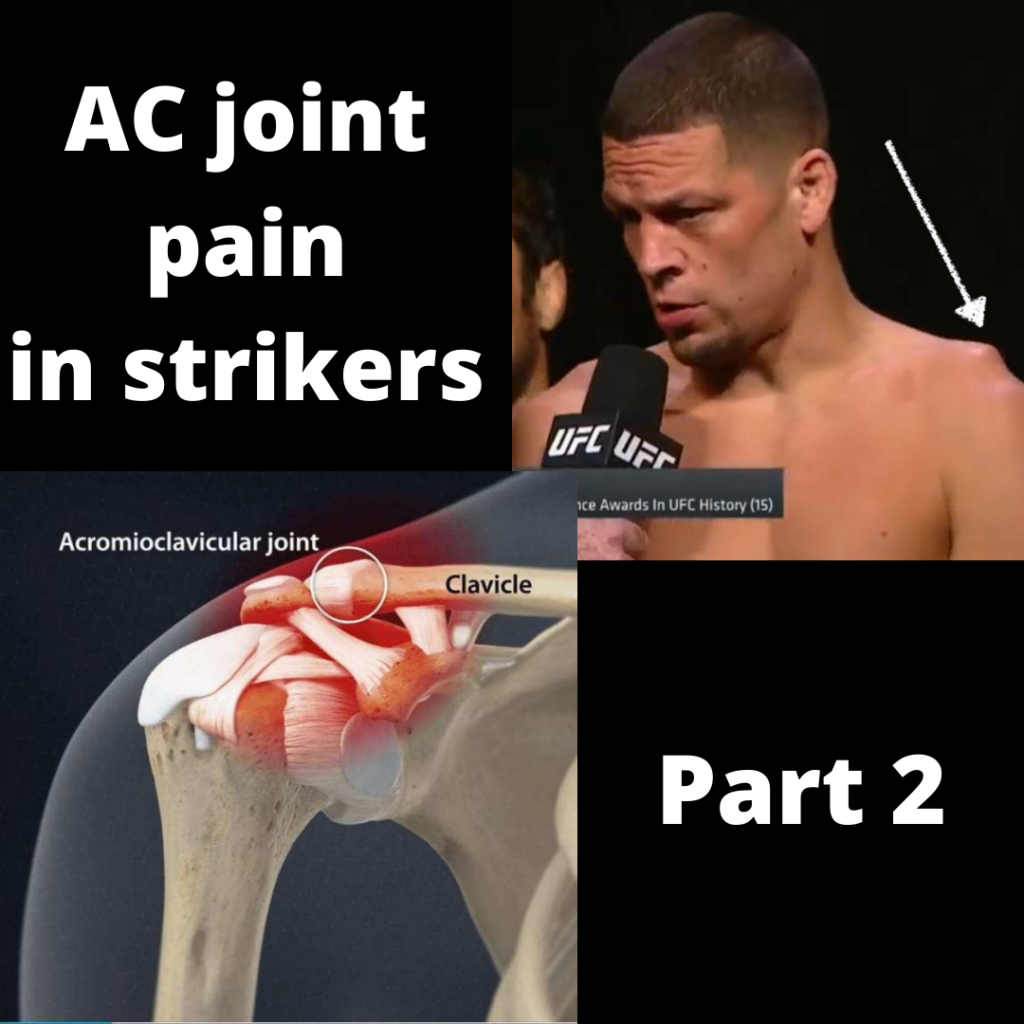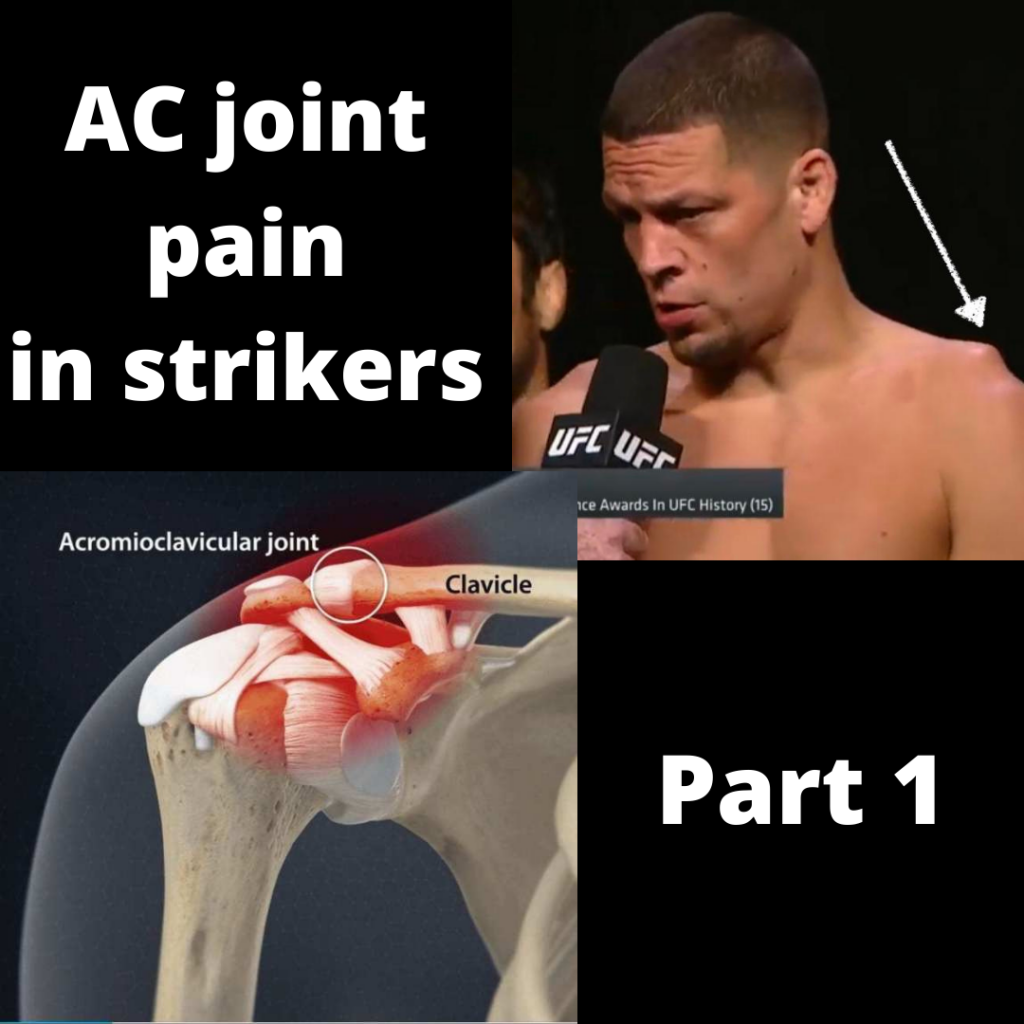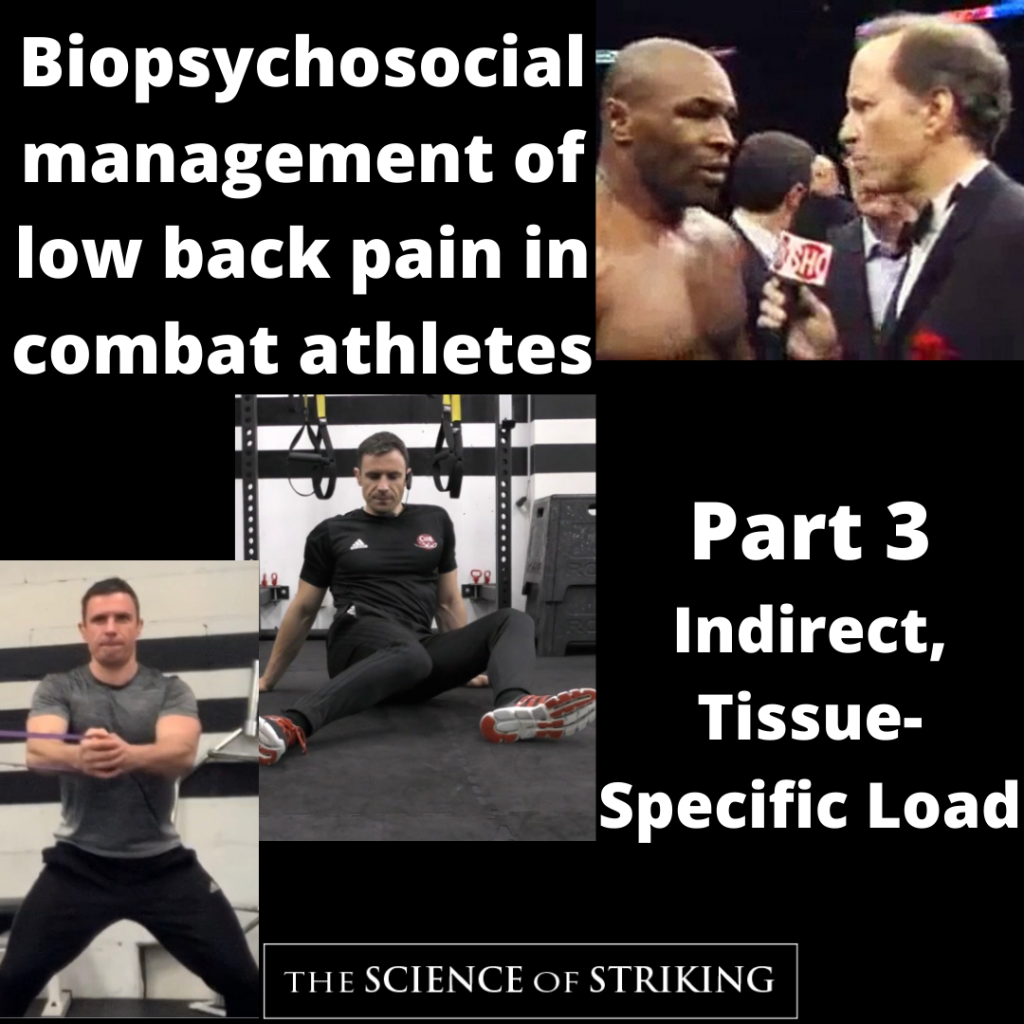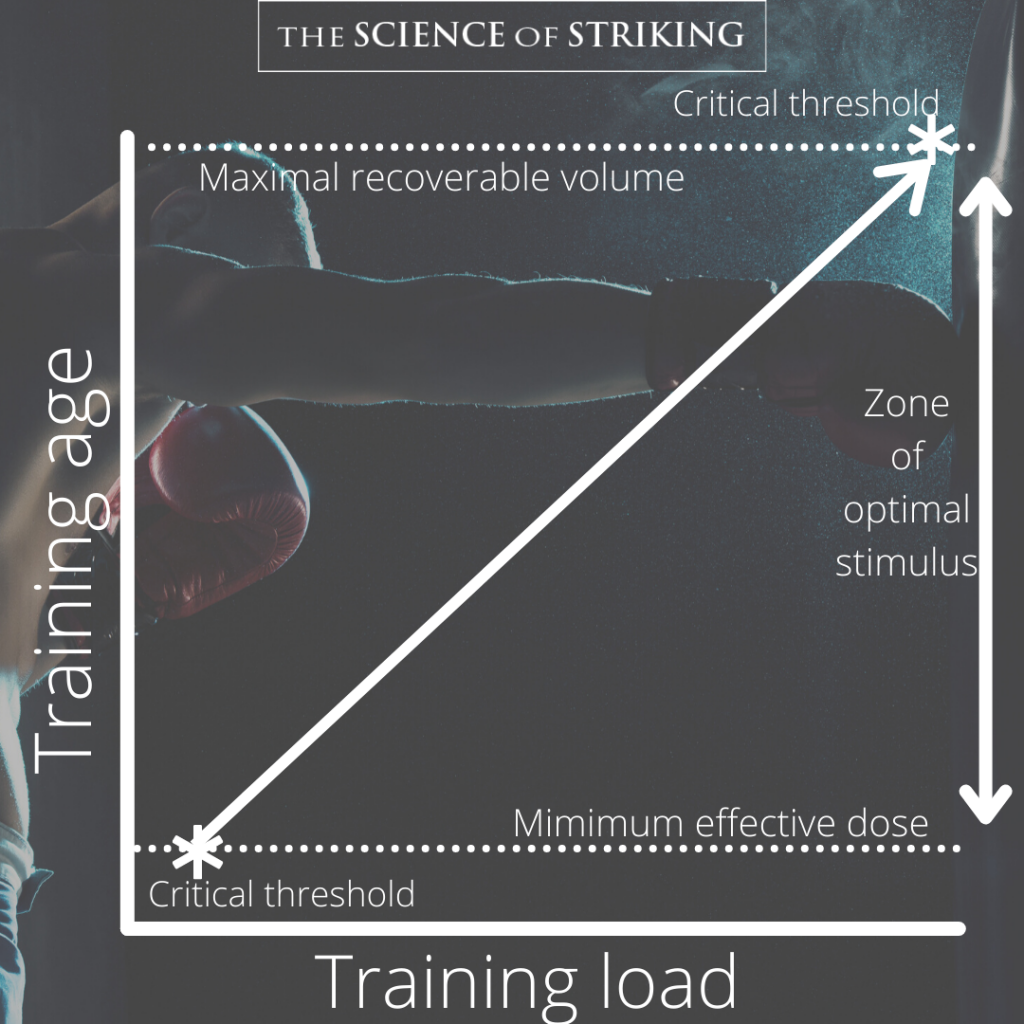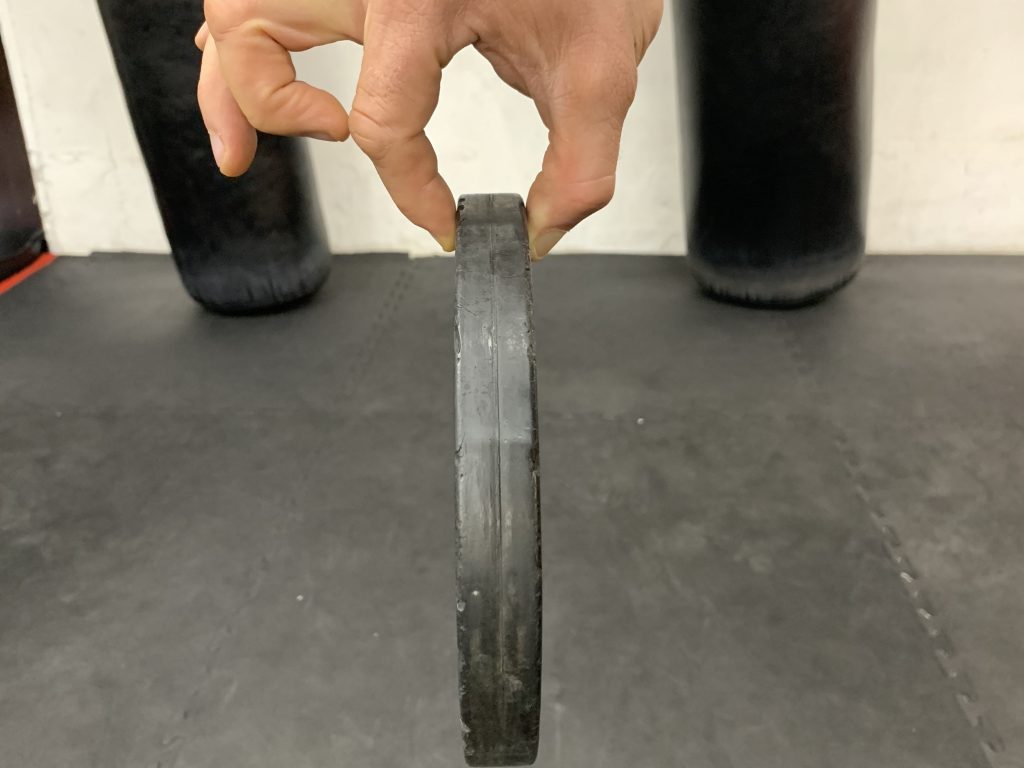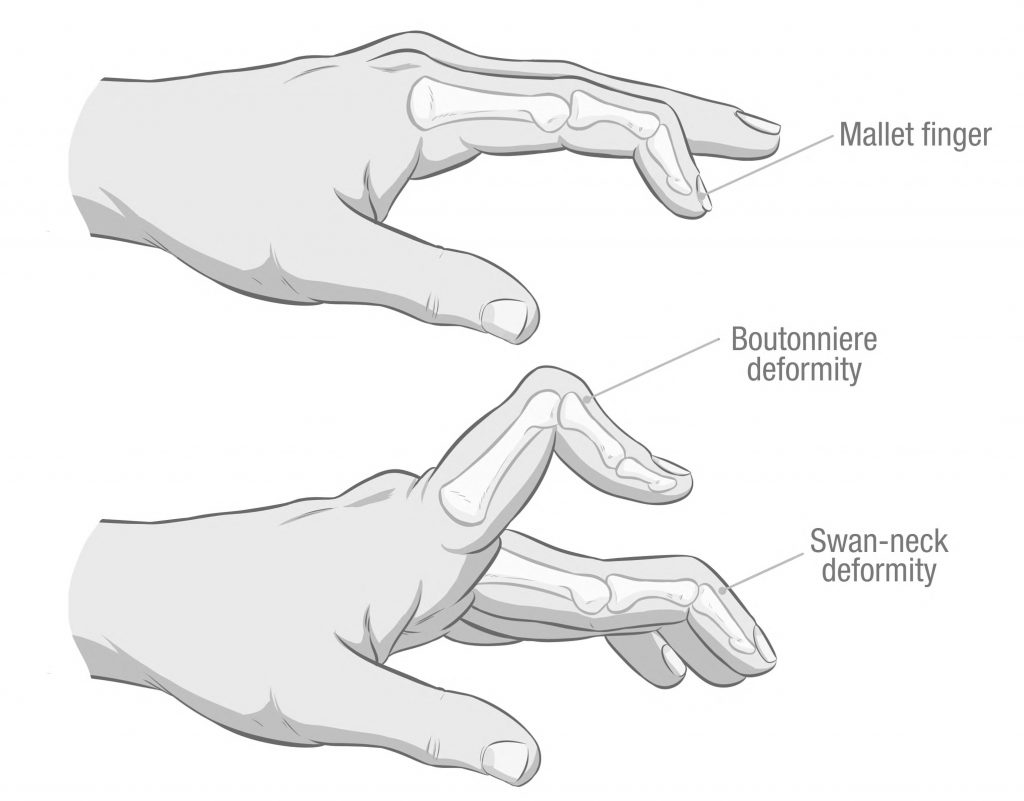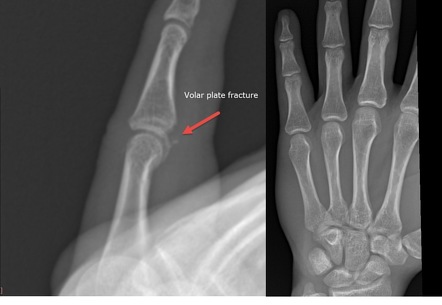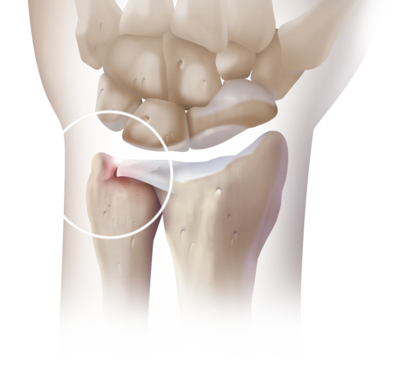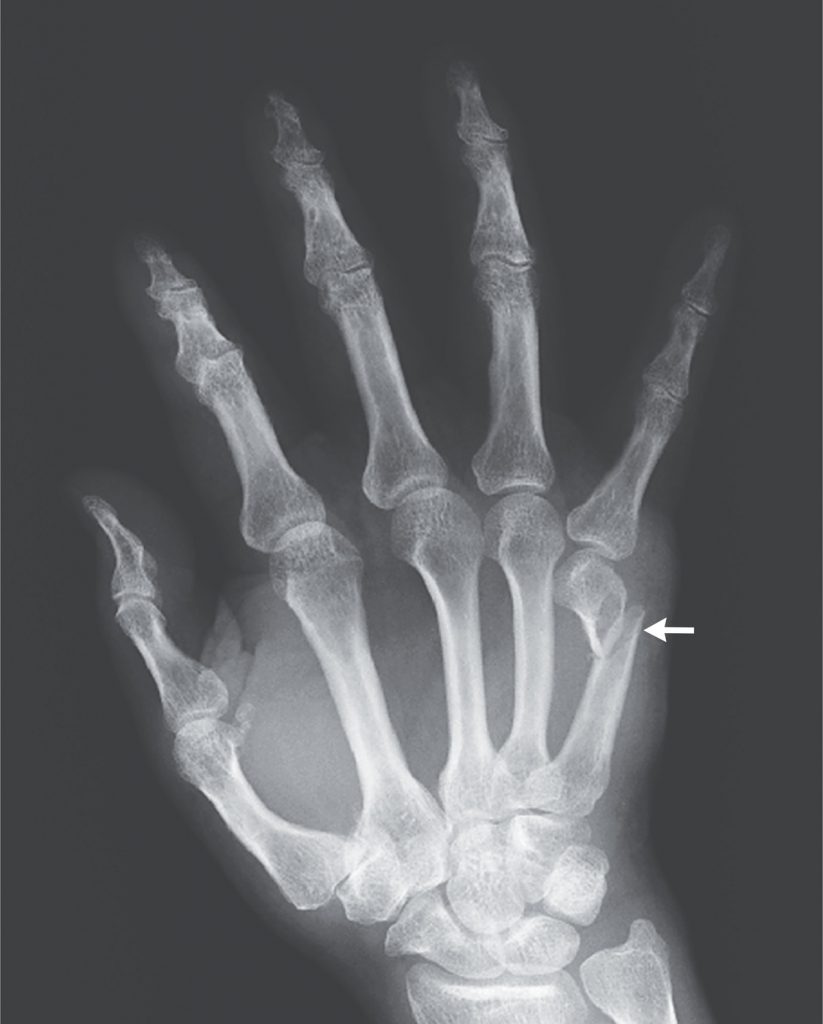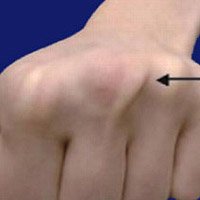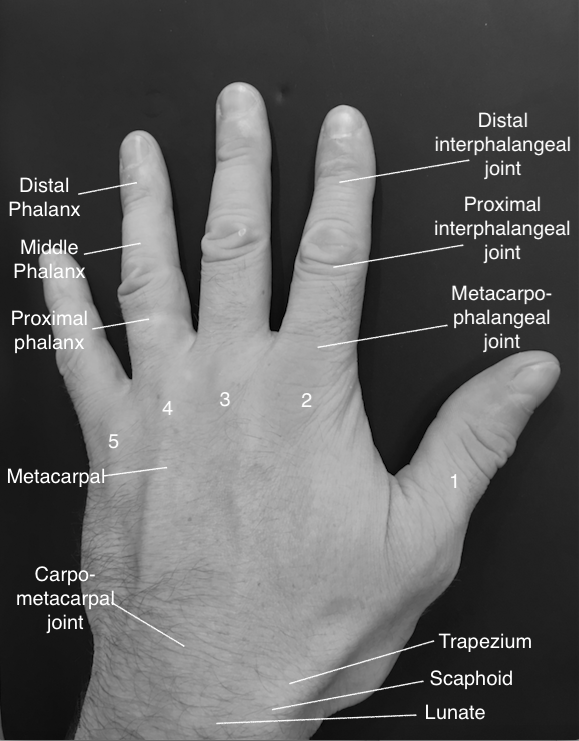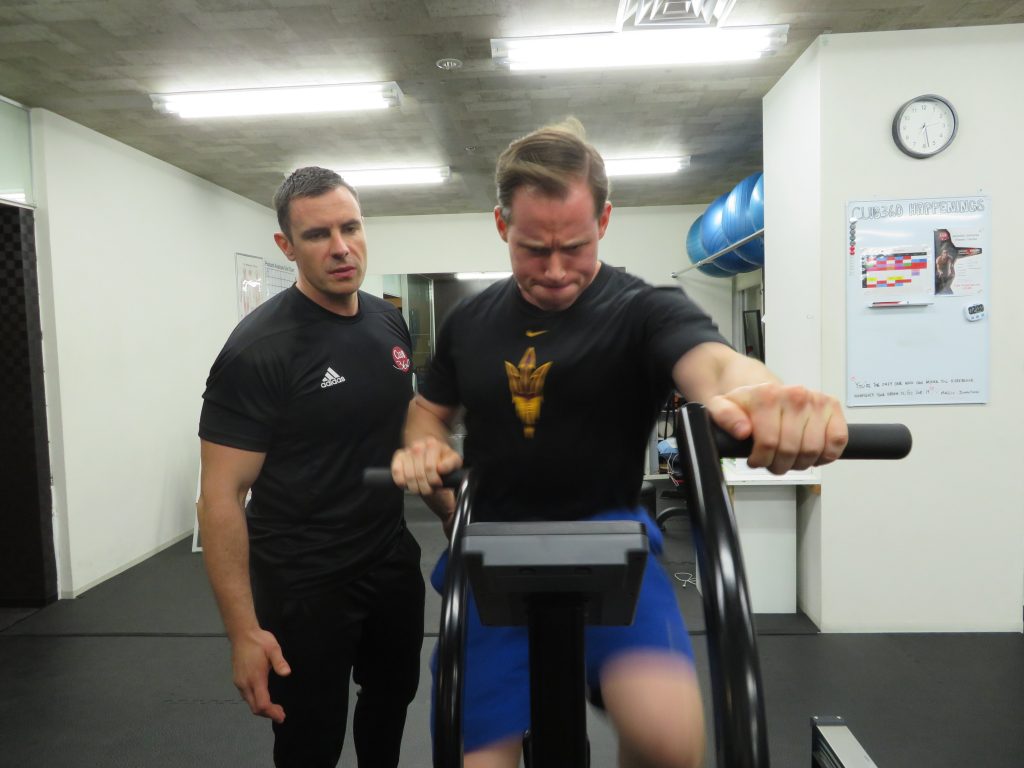REHABILITATIVE EXERCISE: WHAT ARE WE ACTUALLY TRYING TO ACHIEVE
Most individuals, be they athletes or general population patients, understand that exercise is the most important factor in the rehabilitation of most musculoskeletal disorders. However, different types of exercises serve different purposes in the rehabilitation process, and we as health care providers (myself included) often fail to fully explain these purposes. Within our model, …
REHABILITATIVE EXERCISE: WHAT ARE WE ACTUALLY TRYING TO ACHIEVE Read More »

